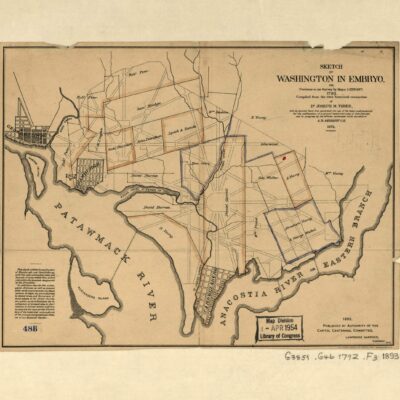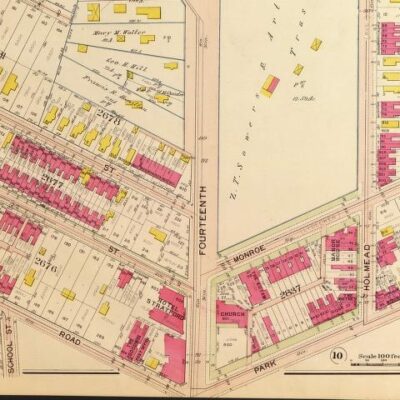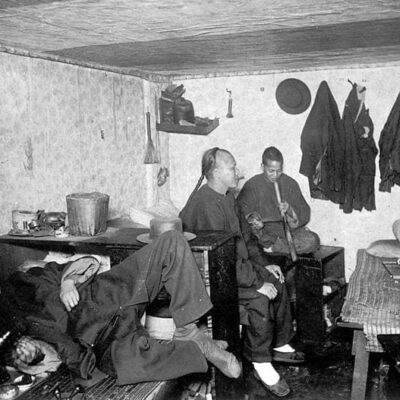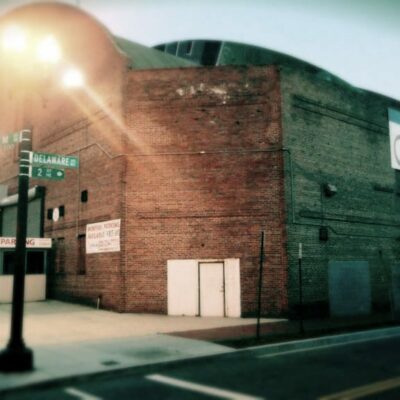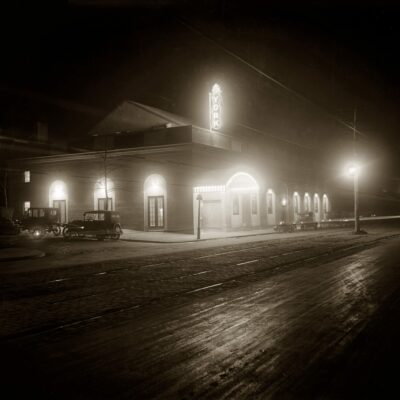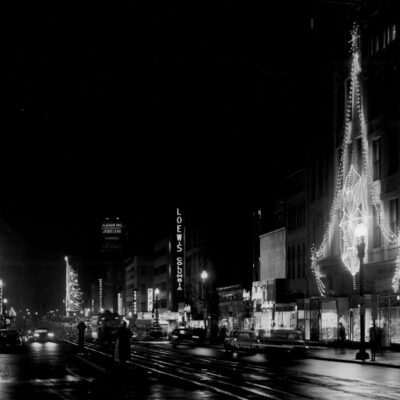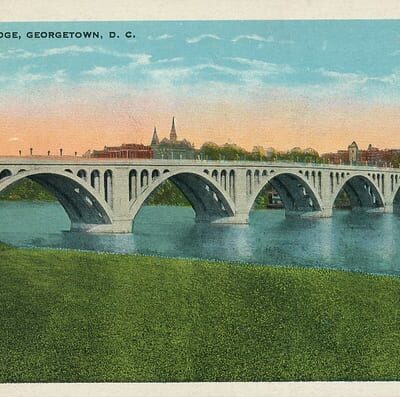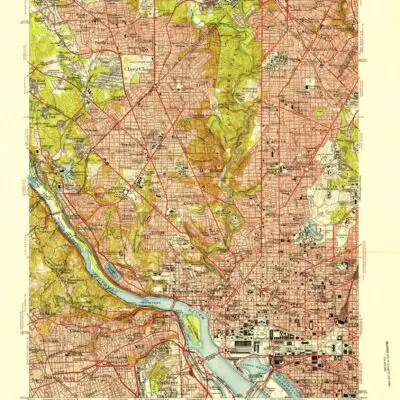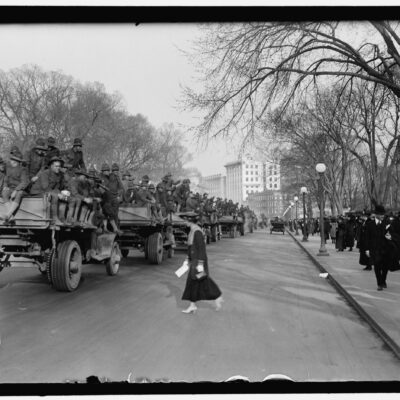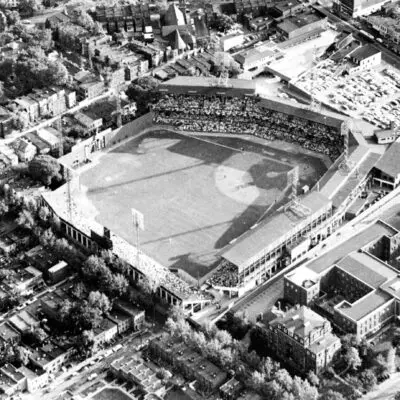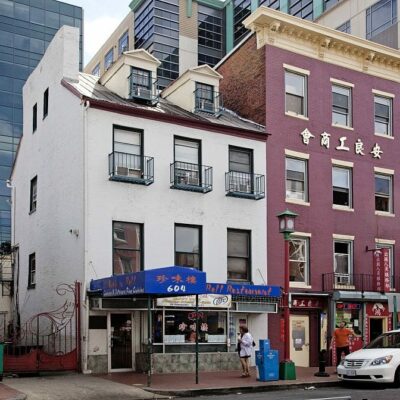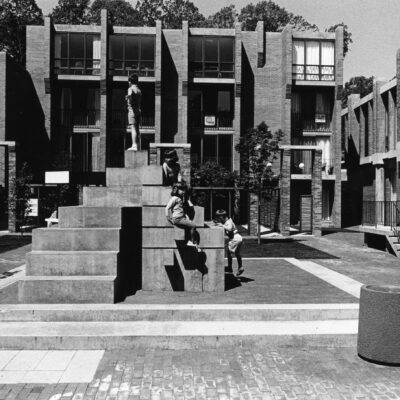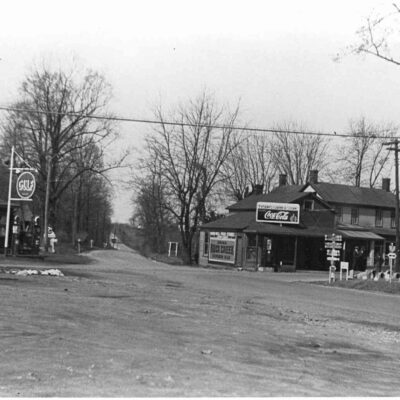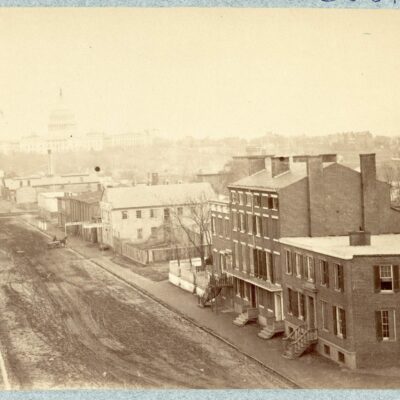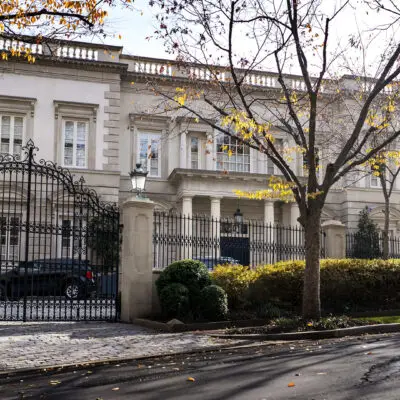Do you think it’s expensive to live in the District today? Our population is just hovering around 600,000. Back in the 1950s, we were over 800,000! And, that was with far fewer apartment buildings. GoDCer Jamie sent in a request last week for us to look into the cost-of-living in the city over time, to see how it’s changed.
Below is an article printed in the Washington Post, printed on May 23rd, 1952 discussing the rapid rise in costs here in our city.
The cost of living rose by seven-tenths of a point between March 15 and April 15, the Bureau of Labor Statistics announced yesterday.
As a result, the Cost of Living Index reached 188.7, as compared to 100 in the 1935-1939 period. This new figure is four-tenths of a point below the all-time high of 189.1 marked last January 15.
Despite the rise during the past month, the cost of living for the January 15-April 15 quarter fell enough to take away one cent an hour in pay from a million auto workers, whose wages are tied to the Index. However, on May 29, they are due to get a 4-cents-an-hour annual work-improvement wage increase.
The latest Cost of Living Index is 10.9 percent higher than the pre-Korea level and 2.2 percent above the figure of a year ago. A boost in food prices, especially fresh fruits and vegetables, was the principal reason for the latest upward movement of the Index.
Meanwhile, in the Washington area, pork prices rose sharply this week from 5 to 9 cents a pound, and in some cases 11 cents. Managers of a half dozen large chain stores could offer no solid reason for the price jump except “seasonal shortage of pork” and “bad guessing” by the producers.
For a little reference point, today you would pay $4.49 for a pound of thin pork chops at Safeway.
